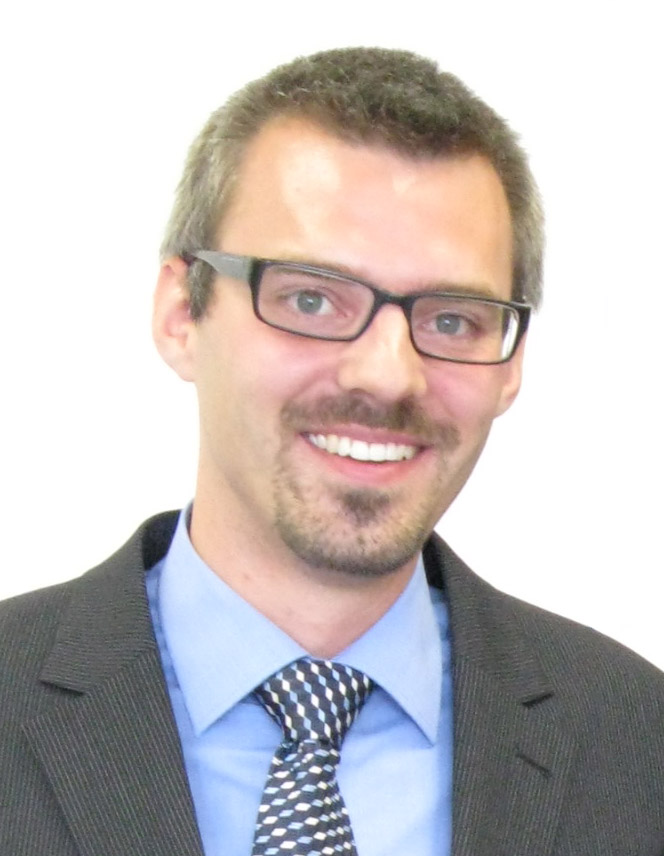Dr. Franz Czeschka

- Alumnus/Alumna: Magnetism and Spintronics
Franz Czeschka was member of the Gross groups as a Master and Ph.D. Student between 2007 and 2011.
Master Thesis: Strukturelle, elektrische und magnetische Eigenschaften dünner Sr2CrReO6-Schichten für die Spinelektronik (2009)
Ph.D. Thesis: Spin Currents in Metallic Nanostructures (2011)
In his Ph.D. thesis, Franz Czeschka was working on the realization of materials with large spin polarization and pioneering the WMI research activities on pure spin currents, i.e., the flow of angular momentum without accompanying net charge current. He experimentally investigated two different concepts for pure spin current sources suggested by theory. The first was based on a time-dependent magnetization precession which “pumps” a pure spin current into an adjacent non-magnetic conductor. His experiments quantitatively corroborated important predictions expected theoretically for this approach, including the dependence of the spin current on the sample geometry and the microwave power. Even more important, he could show for the first time that the spin pumping concept is viable in a large variety of ferromagnetic materials and that it only depends on the magnetization damping. His experiments established spin pumping as generic phenomenon and demonstrated that it is a powerful way to generate pure spin currents. The second theoretical concept is based on the conversion of charge currents into spin currents in non-magnetic nanostructures via the spin Hall effect. He experimentally investigated this approach in H-shaped, metallic nanodevices, and found that the predictions are linked to requirements not realizable with the present experimental techniques, neither in sample fabrication nor in measurement technique. Indeed, his experimental data could be consistently understood by a spin-independent transport model describing the transition from diffusive to ballistic transport. In addition, the implementation of advanced fabrication and measurement techniques allowed him to discover a new non-local phenomenon, the non-local anisotropic magnetoresistance.
He left WMI in 2011 to start a career in industry.
